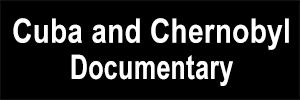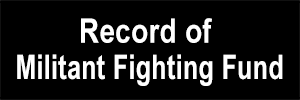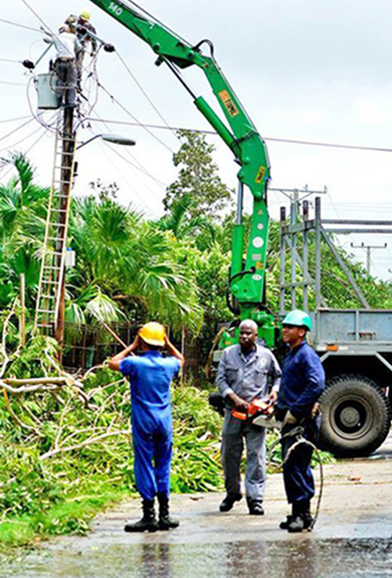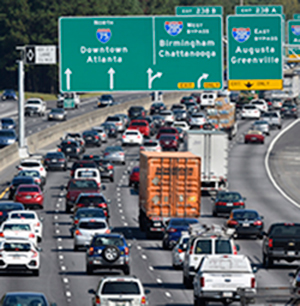This is the polar opposite of the attitude of government authorities in the United States, epitomized by the pictures of tens of thousands stuck in traffic from Miami to Atlanta… if you could get gas.
As it became clear Cuba could be in the path of Hurricane Irma, the national and local Civil Defense sprung into action — working with the trade unions, other mass organizations, government ministries and directors of state-owned industries — to use all the resources of Cuba’s revolution to minimize harm to human life.
Each of the island’s 16 provinces and every municipality has a local defense committee. Civil Defense organizes drills and widely distributes guides for rural and urban areas, detailing what every household and workplace needs to do. The central leadership of the revolutionary government at all levels is directly involved.
Everybody knows in advance what shelter they are assigned to if they have to evacuate — or what friend, neighbor or relative plans to take them in — what they need to have in an emergency pack, what route the evacuation will take. Special measures are in place for the elderly, disabled, ill and pregnant women.
All these plans kicked in for Hurricane Irma.
Brigades were organized to harvest as much as possible crops in threatened areas to minimize losses and to have food available in shelters. Juventud Rebelde reported that some 40 tons of seeds for use in reconstruction efforts were identified and stored.
Livestock were moved to higher ground. Solar panels and parabolic dishes were dismantled to avoid damage during the storm.
More than 1,600 line workers were sent to stay in the areas expected to be hit hardest, so they would be in place to restore power. Teams of doctors and nurses organized to be ready to attend to those who had to evacuate. Hundreds of shelters around the country were double-checked to make sure they had the necessary supplies, from lanterns, stoves and radios to food and medicine.
Before the storm landed, more than a million people had been evacuated, calmly, with dignity, 70 percent of them hosted in others’ homes.
“Because of its immense size, for all practical purposes no area was free from the storm’s effects,” said President Castro. Agriculture was especially hard hit. A large part of the banana crop was wiped out — some 22,000 acres — as well as half of all vegetable crops. There were heavy losses to cattle, hog and chicken farms.
“No material resource is worth more than the life of any individual,” said Federico Hernández, president of the Granma province Defense Council, Sept. 7. Ten people died during the three days the storm battered the island. Unlike in the U.S. and the imperialist colonies in the Caribbean, Cuba’s revolutionary government knew — and printed — the names of each person who died, and the reason they weren’t able to survive.
‘Cuba will win battle to rebuild’
“No one should fool themselves,” Castro said. “The task we have in front of us is immense, but with a people like ours we will win the most important battle: the recovery.”
Cuba is also aiding other countries hard hit by the storm. Some 771 health care workers stationed in Antigua and Barbuda, San Cristóbal y Nieves, Santa Lucía, Bahamas, Dominica and Haiti when the hurricane hit hard continue to work.
Twelve Cuban volunteers, including linemen and an electrical engineer arrived in St. John’s, Antigua, Sept. 10 to travel to Barbuda and repair the electrical system wiped out in the storm there. Almost all the homes on the island were damaged and everyone has been evacuated to Antigua with the help of the Venezuelan government.
The Cuban people are demonstrating once again that they “share what they have, not what’s left over.”
Related articles:
Social catastrophe in US, colonies in the Caribbean
|
Printer-friendly version of this article |


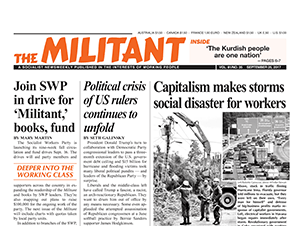





 click here for information and literature from the Socialist Workers Party 2016 campaign
click here for information and literature from the Socialist Workers Party 2016 campaign a magazine of Marxist politics and theory from 1934 to the present
a magazine of Marxist politics and theory from 1934 to the present an international news magazine published from 1963 to 1986
an international news magazine published from 1963 to 1986 a socialist magazine in Spanish published from 1977 to 2005
a socialist magazine in Spanish published from 1977 to 2005